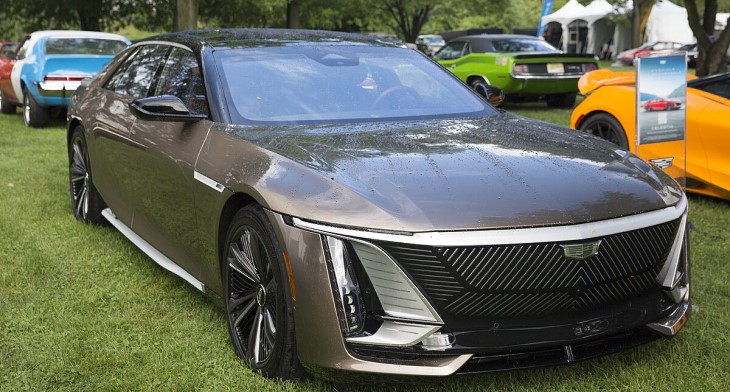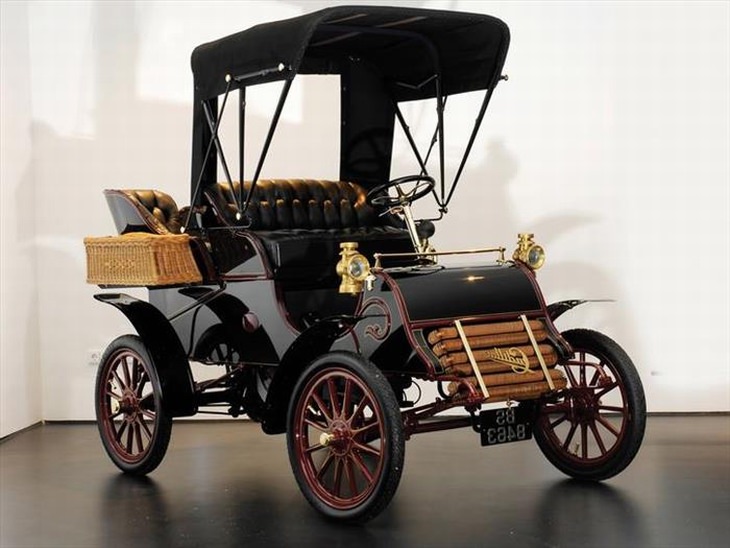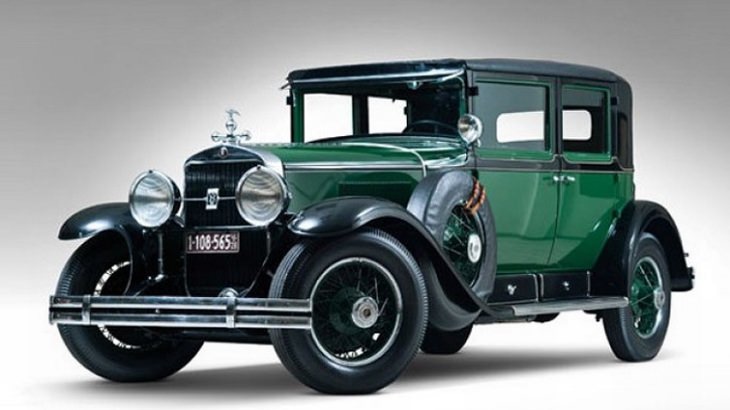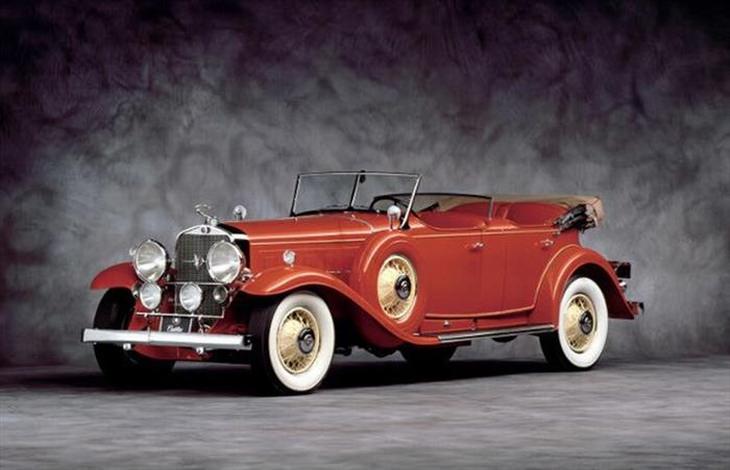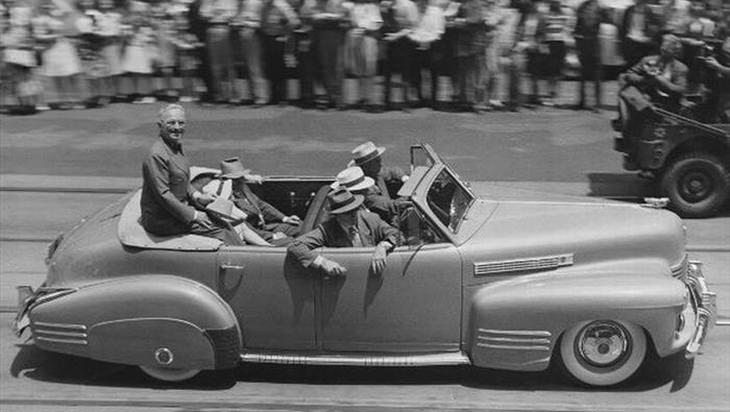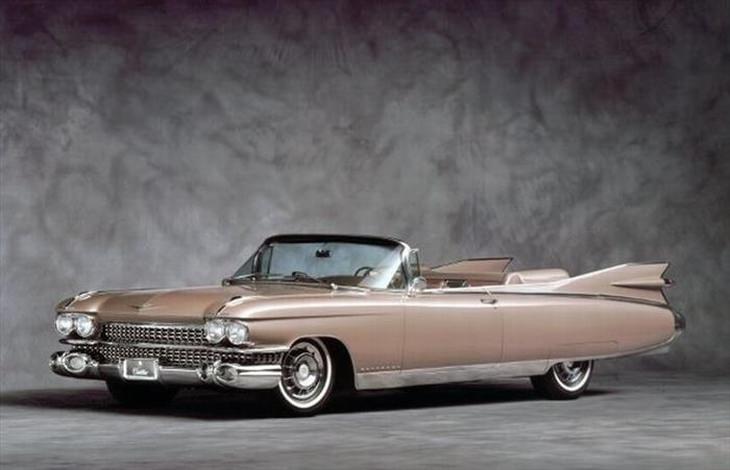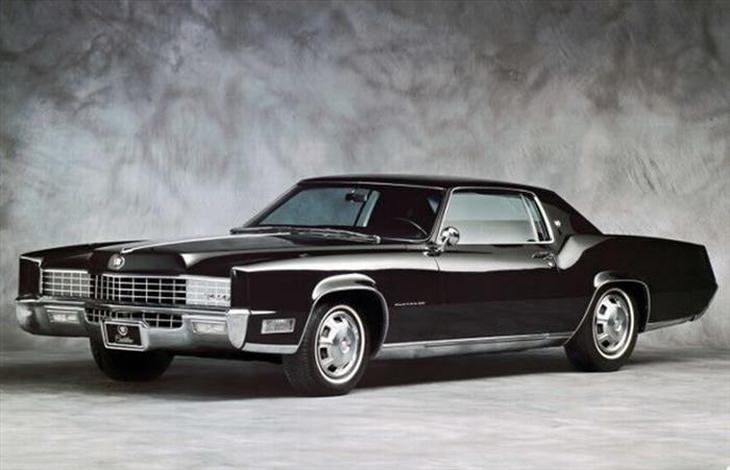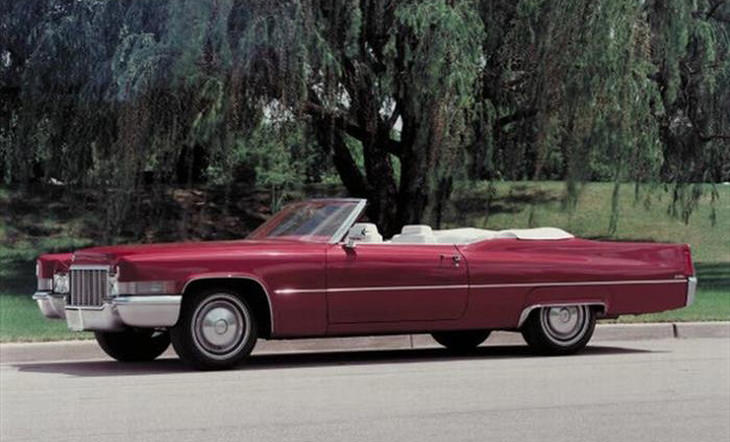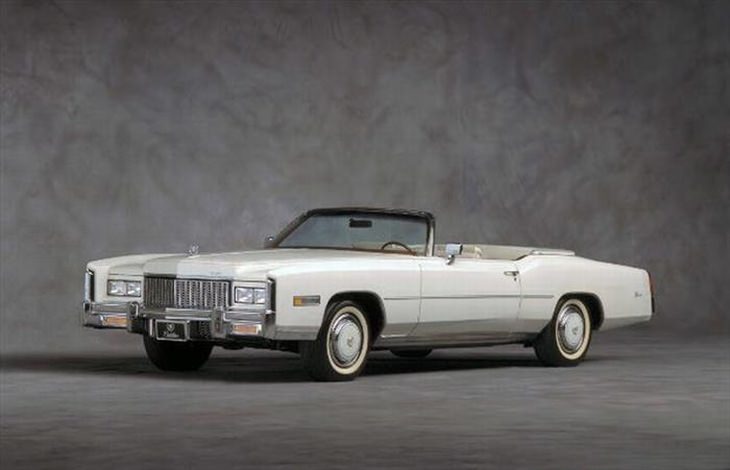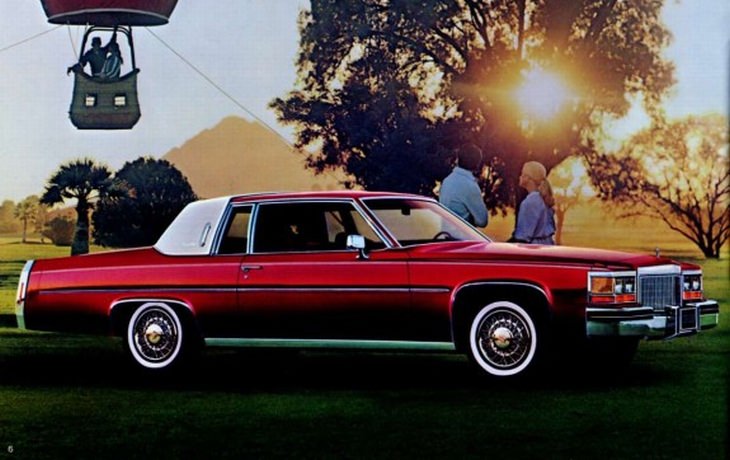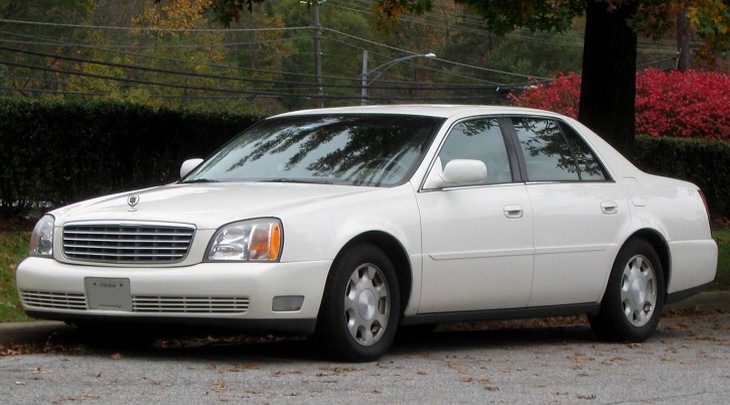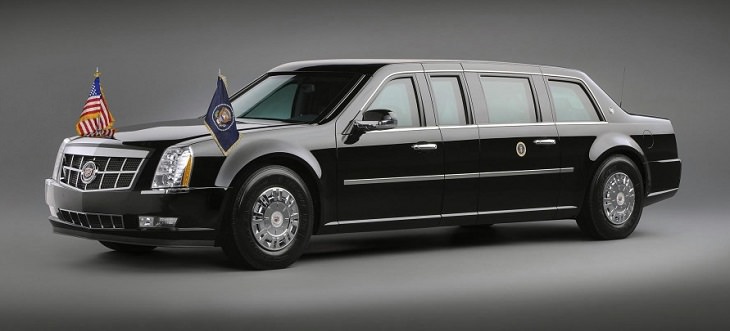1. 1903-04: Type A - The First-Ever Cadillac
Cadillac is one of the oldest automobile brands in the world. The brand was born from the near-bankruptcy of the Detroit Automobile Company, which called upon Henry Martyn Leland to appraise the worth of the factory before closure. He instead showed the DAC bosses his innovative one-cylinder engine, and they quickly changed their minds about the closure. Cadillac's first car, simply titled Model A, was completed a few months later in early 1903.
2. 1915: Type 51
The name "Cadillac" is taken from French Army Officer Antoine de la Mothe Cadillac, who founded the town of Ville d'Etroit (what is now modern-day Detroit) in 1701. Company bosses are understood to have made the decision over the name fairly flippantly, surmising "why not him?". The famous brand logo is also based on Officer Cadillac's coat of arms.
3. 1929: Al Capone’s Sedan
One of the most famous Cadillac fans of all time was notorious gangster Al Capone, who owned more than one Cadillac prior to his eventual incarceration at the infamous Alcatraz prison. His 1928 sedan was modified to be bulletproof, giving him protection from rival gangs. He also owned a 1929 version, which was his favorite getaway car and had bullet holes in it by way of evidence. Paramount Pictures later bought the car and used it in a number of gangster films.
4. 1931: Series 452A
Cadillac's slogan "The Standard of the World" was a reference to the high level engineering incorporated in its design. It was not arrogant phrasing either - the design and manufacture of Cadillac's set standards were copied the world over. Most impressively, they created cars where all the precision components were completely interchangeable.
To prove that they could do this, engineers disassembled three Cadillacs and allowed independent judges to jumble up all the parts. They then put all three cars back together and took them on a 500 mile road trip! The engineers won the Dewar Trophy - considered a "Nobel Prize for cars" - for their innovations, and they are credited with laying the foundations for what was to become modern mass car production.
5. 1941: 62 Convertible Sedan
The 1950s Cadillac bumpers (as seen in the Series 62 model above) with their artillery-shaped, protruding grill assemblies made an appearance on a number of models in the postwar period. They were known generally as "Dagmar Bumpers", named after the 1950s female TV personality Dagmar (real name Virginia Ruth Egnor) who was well-known for her ample cleavage. The association made between the bumper and Dagmar doesn't need much in the way of further explanation!
6. 1959: Eldorado Biarritz
The Eldorado is one of the best-known variations of Cadillac, and has become iconic in its own right. This is in spite of the fact that one of the most famous Eldorado models - the Biarritz (as seen above) - was a notorious exercise in decadence that was over-the-top in pretty much every element of its design. It had a huge tail, massive fins, ridiculous amounts of chrome, half-hidden rear wheels and barely practical dimensions. It was also a gas guzzler, and entirely uneconomical. Of course, people loved it and there are few more iconic cars in history - especially the pink variety that is perhaps the most famous Cadillac of all. Later Eldorado models tended to be suitably grand, but less garish.
7. 1967: Fleetwood Series V8
Cadillac engineers were responsible for the invention of the electric starter motor in 1912. This meant that drivers no longer had to turn their crank shaft to start their vehicle. This was a relief to many as the crank shaft could be notoriously volatile. In fact, the term 'cranky' entered general vocabulary because of the bad mood drivers would often be in after trying to start their cars. The electric motor first appeared on the Model 30 in 1912.
8. 1970: de Ville Convertible
The electric starter motor wasn't the only innovation developed by Cadillac - there were many, many others. They were the first manufacturer to mass produce cars with enclosed cabins, something they had achieved by 1910. The counterbalanced crankshaft was also the brainchild of Cadillac designers, giving the driver and passengers a much smoother ride. Cadillacs were also the first cars to be equipped with electric lights, as well as the high-beams or 'brights' that we all know and recognize today. The company also introduced the curved windshield after world war II.
By 1964, the temperature inside a Cadillac was controlled by a thermostat - ensuring it was the first automobile brand to introduce a form of climate control into the cabin of their vehicles. Cadillacs were also the first cars to come equipped with airbags, a feature that is of course considered standard in today's market.
9. 1976: Fleetwood Series Eldorado Convertible
Cadillac was the first company to hire an automotive stylist, with a specific remit to ensure its cars looked great. His name was Harley Earl and he has gone down in history as one of the great automobile designers of any era. It was Earl who designed one of Cadillac's best loved models - the LaSalle - and he also built the first one-piece, steel roof that was to become the Turret Top, which was to epitomize luxury car aesthetics throughout much of the pre-WWII period.
10. 1980: Coupe de Ville
When 1980 rolled round, the de Ville received an updated look, sporting a lower, more aerodynamic nose, higher tail end, and an overall heavier, more substantial appearance. Later in the decade, Cadillac produced the stylish Solitaire, which was one in a long line of outlandish concept cars from the manufacturer. It was designed for speed, and even while standing still, it was meant to look like a 'blur'. Other notable concepts include the Cyclone (1959), which featured bizarre jet-inspired tail fins that were considered to be one of the most modern innovations in car design at the time.
11. 2000: Coupe de Ville
Cadillac's innovations continued into the 21st Century. The Cadillac de Ville (2000) was the first car to introduce night-vision to help drivers navigate in the dark. The system used infrared radiation picked up by a sensor mounted behind the vehicle's grille to feed images to a computer mounted on the dashboard. The feature was, however, discontinued in 2004.
12. 2009: The Beast (US Presidential Limo)
In reality, President Obama’s limousine isn’t much of a Cadillac at all, apart from some key styling cues such as its front and rear headlights, and famous wreath badge. It differs from typical Cadillacs due to its extensive modifications, made to ensure the President’s safety. Some of the highlights of the car’s features include a five-inch-thick steel plate on the underside of the car to prevent everyone riding in it from being killed by a would-be improvised explosive device, Kevlar-reinforced tires and even a quantity of the President’s blood type in the unlikely event he’ll need an emergency transfusion.
13. 2013: Cadillac ATS
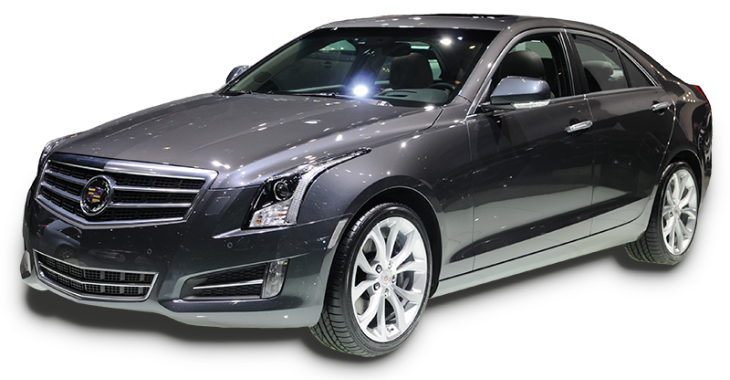
The ATS marked Cadillac’s deliberate return to the sporty compact-luxury segment - a direct shot at the BMW 3 Series and a clear signal that Cadillac wanted to be taken seriously on handling and dynamics, not just luxury. Introduced for the 2013 model year, the ATS was a fresh, ground-up design with a lightweight structure, multiple engine choices (including a turbo 2.0 and a 3.6 V-6) and suspension tuned to deliver sharp steering and composure at speed - attributes that won it wide praise from the automotive press and helped reset Cadillac’s image in the 2010s.
14. 2025: Cadillac CELESTIQ
The CELESTIQ is Cadillac’s hand-built, one-of-a-kind electric flagship - a showpiece that stakes the brand’s claim in the new era of ultra-luxury EVs. Offered as a highly customizable, limited-production sedan, the CELESTIQ pairs lavish bespoke interiors and advanced tech with potent electric performance - Cadillac quotes roughly 655 hp and a sub-4-second 0–60 time, while reviewers note its role as the brand’s design and technological statement for the 2020s. It represents Cadillac’s swing from chrome-soaked American luxury to a future defined by electrification and craftsmanship.
